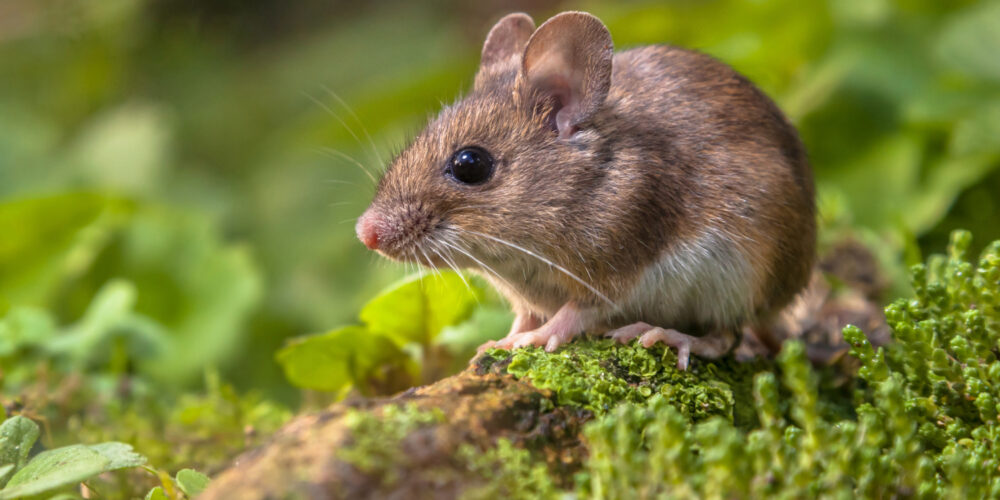Types of Rodents We Commonly Deal With in Southern Utah:
Norway Rats (Brown Rats)
- Appearance: Large, stocky body with a blunt nose and short tail
- Behavior: Burrowers that nest in basements, crawlspaces, or near foundations
- Signs: Droppings, gnaw marks, oily rub marks along walls
Roof Rats
- Appearance: Smaller, sleeker body with large eyes and a long tail
- Behavior: Excellent climbers, they often nest in attics, garages, trees, or rooflines
- Signs: Sounds in the attic, gnawed fruit or pet food, droppings in high places
House Mice
- Appearance: Small, gray or brown, with large ears and eyes
- Behavior: Common inside walls, cabinets, and storage areas
- Signs: Small droppings, scratching in walls, chewed food packaging
Why Rodents Are a Serious Problem
Rodents pose more risks than to your peace of mind, they consume ⅓ of all human produced food, their urine and feces are toxic to be around and inhale, and they cause severe structural issues in houses and cars.
- Chew Wires & Structures: Can cause electrical fires and damage insulation or drywall, responsible for an estimated 20-25% of undetermined fires in the US
- Spread Disease: Transmit bacteria like salmonella and hantavirus through droppings and urine
- Contaminate Food: Easily infiltrate kitchens, pantries, and storage areas
- Reproduce Rapidly: One pair can turn into dozens in a matter of weeks
Signs You Have a Rodent Problem
- Droppings in cupboards, drawers, or under sinks
- Scratching or squeaking sounds in walls, ceilings, or attics (sounds like scratching a fingernail on drywall or wood)
- Chewed wires, cardboard, or food packages
- Greasy rub marks on baseboards or walls
- Unusual pet behavior (sniffing or barking at walls)
Our Rodent Control Strategy: Inside Traps + Outdoor Baiting
We approach rodents with precision and safety in mind, targeting the source while keeping your household secure.
Indoor Rodent Trapping
- Why traps? Trapping is effective and safe indoors, especially in sensitive areas like kitchens or bedrooms
- How it works: We place traps with professional-grade bait in high activity areas to eliminate populations
- Follow-ups: We return to inspect and reset as needed until activity stops
Outdoor Rodent Bait Stations
- Why bait outside? This reduces the population before they enter
- How it works: Locked, tamper-resistant bait stations are placed along foundations, fences, and rodent runways
- Pet & Child Safe: Stations are secure and inaccessible to non-target animals
Long-Term Rodent Prevention
After we eliminate the rodents, we help you keep them out:
- Identify and recommend sealing entry points (gaps, vents, utility lines, etc.)
- Offer sanitation advice to reduce food and water sources
- Provide monitoring and follow-up as needed

